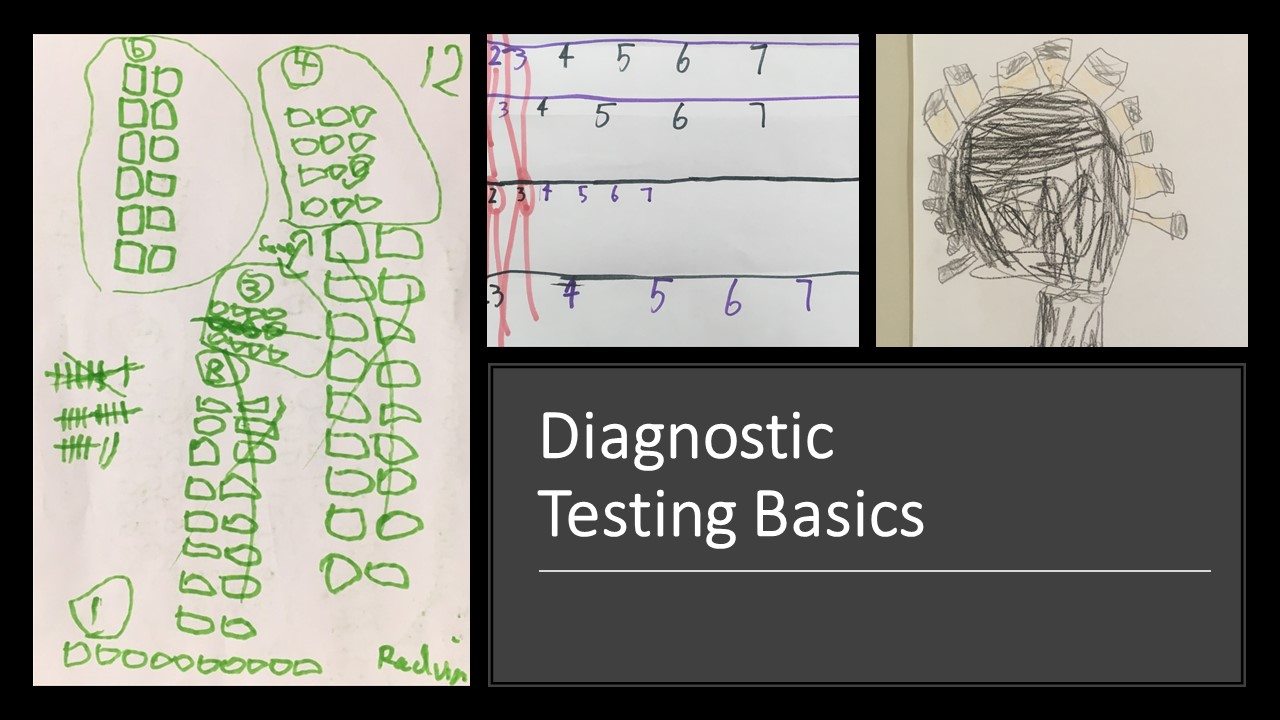
Formative assessment, developmental stages and starting the year well
The goal of formative assessment should always be to find out what each student NEEDS next, rather than focusing
As term 4 is upon us many teachers are struggling with how to get everything done. Realistically, now is the time for prioritizing rather than frantic teaching. Think about what the teacher next year needs the kids to still remember after Christmas, rather than how to tick all your remaining boxes.
To help you, here is my “Minimum Requirements” list for each grade. These don’t meet all the Australian Curriculum requirements, but they do make sure that each child has the best chance of success for next year. Make sure that whatever you do now is still going to be there after the holidays – everything else is a waste of time.
Foundation year – Make sure that your kids really deeply understand Quantity to 10 and Partitioning to 10.
Check: Move 8 or 9 blocks around and see if they need to keep counting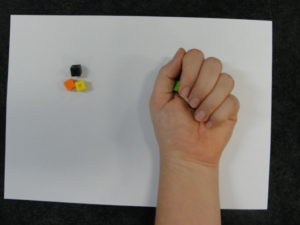 the blocks to see how many there are. Ask them to get 8 blocks, arrange them into a circle and draw what they have made. Then cover the 8 blocks with your hand and pick up some, leaving 5 there. Ask them to close their eyes and show you with their fingers how many you have picked up.
the blocks to see how many there are. Ask them to get 8 blocks, arrange them into a circle and draw what they have made. Then cover the 8 blocks with your hand and pick up some, leaving 5 there. Ask them to close their eyes and show you with their fingers how many you have picked up.
Grade 1 – Make sure that your kids really deeply understand Quantity to 20 and Partitioning to 20, as well as relative size to 10.
Check: Repeat the Foundation Check section, but with 15 blocks. Also, make a number line from 1-10 and ask where 2, 3 and 8 would go. Don’t mention a mid-point or ask them to put on all the other numbers. Repeat with a number line from 2 to 12 and ask what goes in the middle.
Grade 2 – Make sure that your kids really deeply understand Quantity, Partitioning and Relative Size to 100.
Check: Ask the kids to make 23 using blocks. Move the blocks so that the ones are on the left and the tens are on the right. Ask what the number is now (checking that they don’t think it is 32 when the blocks move). Next, ask “If I start with 16 and end with 26, what did I add?” Repeat with larger multiples of 10. Finally, try a number line from 1-100, but just ask the kids to place on 10, 20, 30 and 80. You can extend this to a number line from 20-100 and ask what goes in the middle.
Grade 3 – Make sure that your kids really deeply understand Quantity, Partitioning and Relative Size to 1000. You also need them to understand arrays for the 2s, 3s, 4s and 5s multiplication facts. Aim for kids also understanding halves, but this is less important than the other concepts.
Check: Download this Place Value to 1000 diagnostic test. If kids don’t get at least 16 out of 19, they are in real trouble. Ask students “What does 3×5 look like?” Get them to draw it. Watch out for a “groups of” model rather than an array.
Note: If your kids are still having trouble with Place Value by Grade 3 (or older kids), consider using this free online learning module to work out what is going wrong: http://backtofrontmaths.academy/lms/place-value-modules/
Grade 4 – As per Grade 3 for Quantity, Partitioning and Relative Size. You also need them to understand arrays to 10×10 as well as halves, quarters and eighths.
Check: The Place Value to 1000 diagnostic test as per grade 3. Also, give them a handful of counters and ask if the counters can make a multiplication fact. See what they do. Finally, fold an A4 piece of paper into different shaped halves and then ask which is the biggest by having them write down the letter/s of which piece would have the “most cake”.
Note: If you are concerned about student understanding of Fractions, download this Fractions book – sample only
Grade 5 – Fractions is where it is at for your kids, however you need to be aware that if your kids don’t understand the minimum concepts from other years (Place value to 1000, arrays to 10×10) then whatever you do with fractions is unlikely to stick anyway. You want them to understand all fractions to 2 (e.g. all common fractions, equivalent fractions, as well as mixed numbers and improper fractions between 1 and 2). Decimals to 100ths are also important, but aim for the fractions as your priority.
Check: All the Grade 4 tests. Also, take an A4 piece of paper and fold the two ends in to meet in the middle (making one half and two quarters). Ask the kids what you have made. To check their understanding of decimal numbers, ask them to make 23 using base-ten blocks. Then make 23.7. Watch out for kids who make the 0.7 part using: whole blocks, half blocks, sevenths, quarters and eighths. You can download that lesson from here: YR5-J4-Visualising-tenths
Grade 6 – Links between fractions, decimals and percentages as well as arrays for 2 digit x 2 digit numbers (e.g. 23 x 35 – seeing this as an array and breaking it into the four parts using the distributive law). Linking negative numbers to owing money is also a great advantage. Being able to use angle geometry to see which angles are equivalent when parallel lines are used is also really helpful, but get the other stuff right first.
Check: All the grade 5 tests, plus ask students to work out 23 x 35 without using the memorised algorithm (the two-line working with a magic zero that we all learned at school). Check if they actually end up with 805, or with 615. For more on this read this article: https://www.backtofrontmaths.com.au/recent-news-articles/25-of-primary-teachers-have-not-developed-multiplicative-thinking-check-your-staff
Also, check student understanding of fractions using this diagnostic test: Fractions diagnostic test To help you out with all of this, here is a super-special discount deal that is only available for October-December 2015:

The goal of formative assessment should always be to find out what each student NEEDS next, rather than focusing
Recently I’ve been pondering findings from a major report into Australian schooling that kids who are struggling in maths by
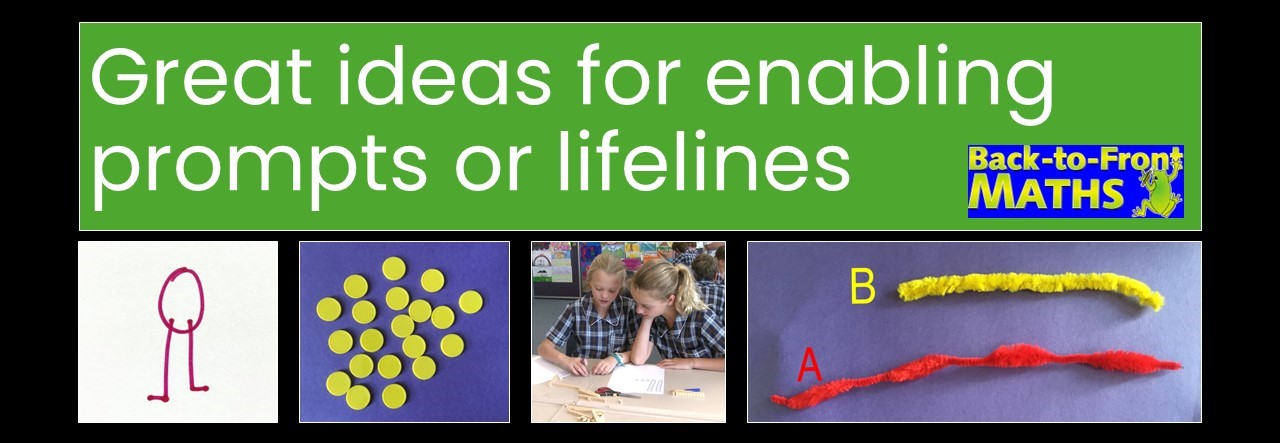
Enabling prompts or life lines are a fantastic way of helping students who are stuck to get started. They do not reduce
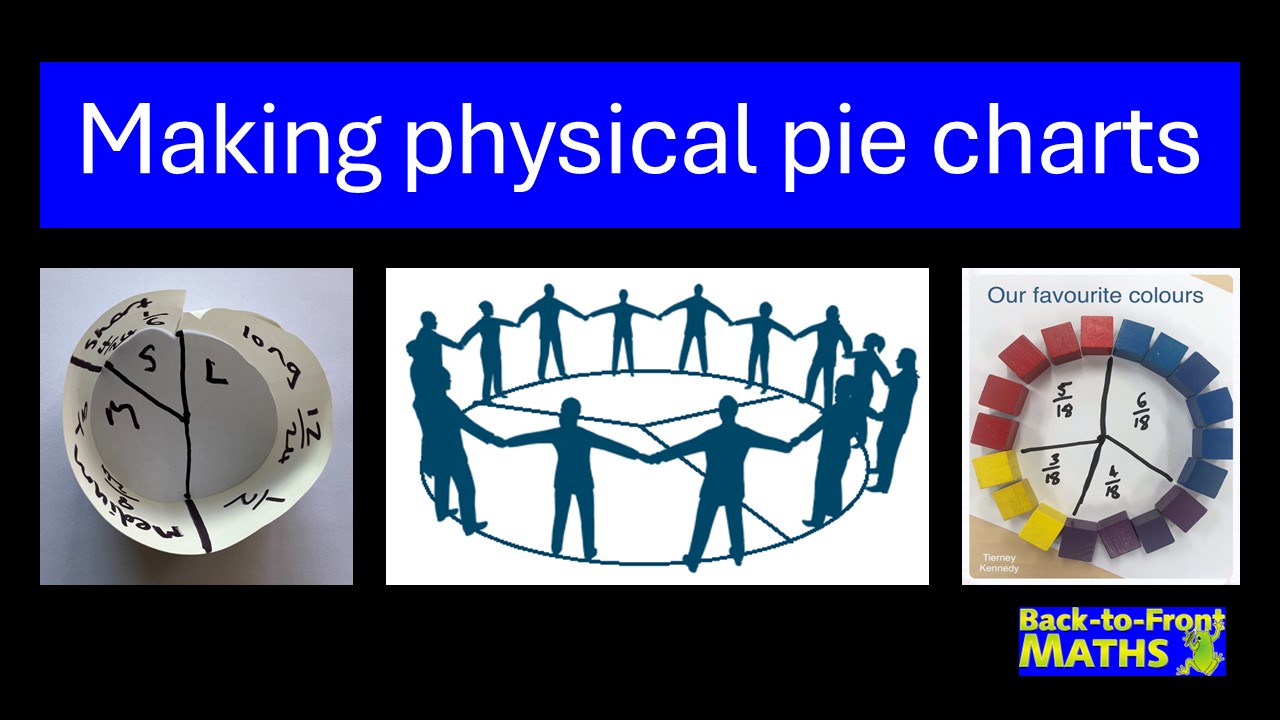
Pie charts are an awesome way of linking statistics, fractions and angles, however they can often be difficult for students
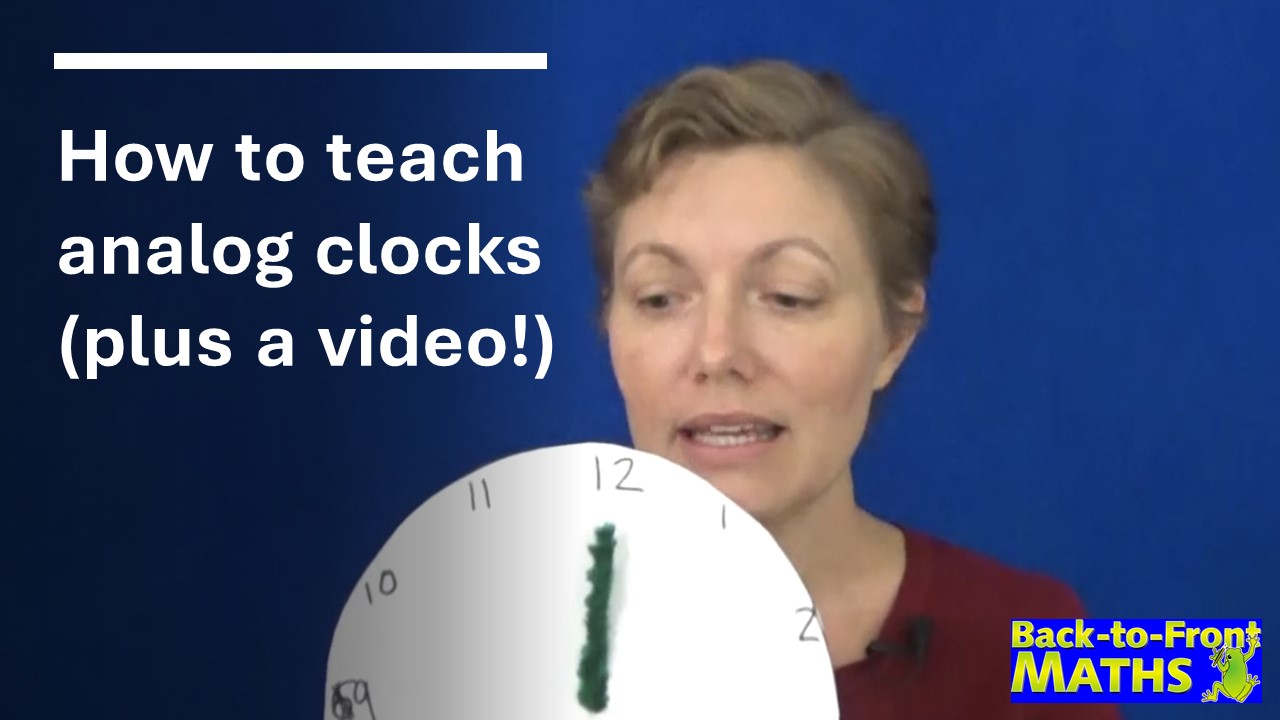
While it may sound counter-intuitive, the easiest way to learn to tell the time is to remove the minute hand
Hundreds charts are great for connecting tens and ones. Why not turn one into a jigsaw puzzle to use in

KENNEDY PRESS PTY LTD
FOR ALL ENQUIRIES, ORDERS AND TO ARRANGE PD:
© COPYRIGHT 2023 KENNEDY PRESS PTY LTD ALL RIGHTS RESERVED TERMS & CONDITIONS